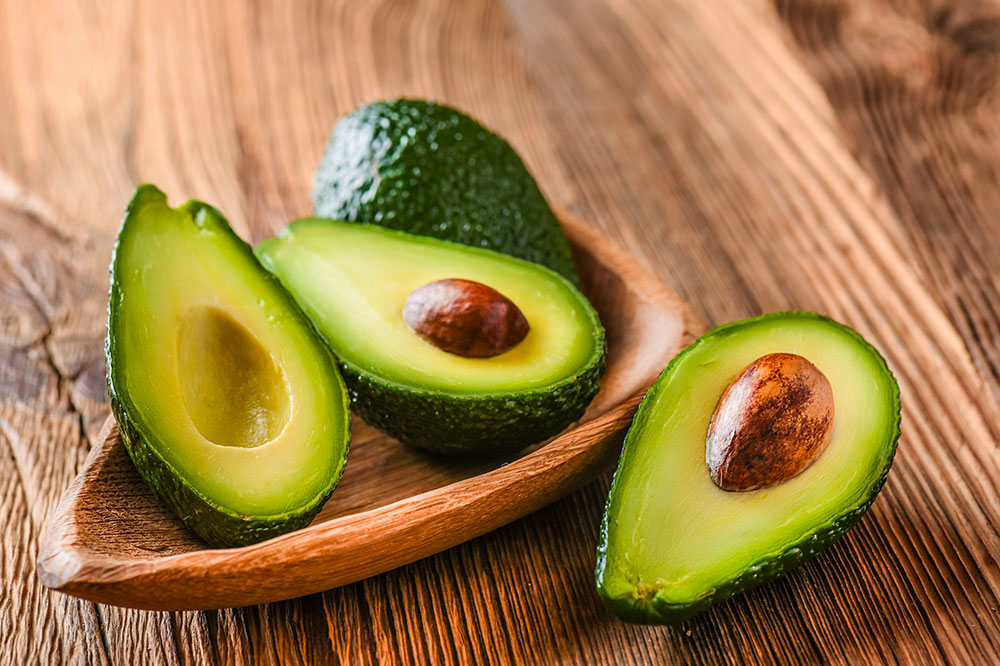5 best foods for relieving migraine headaches

Migraines is one of the most prevalent illness in the world. It is triggered by several factors like weather, noise, smell, bright lights, and stress. People who suffer from this condition often rely on medications for relief. Although there are various of medicines available for numbing the pain, several of them come with unwanted side effects. Here’s some info on foods that will help in getting relief from migraine attacks.
Bananas
An easy way to prevent migraines or an episode of hypoglycemia is having high-carb foods like bananas, granola bars, or candy. According to experts, bananas are a great fruit for quick recovery as they are rich sources of magnesium that helps relieve headaches. Bananas are also good for hydration as they contain about 74 percent water.
Watermelon
Having a juicy slice of watermelon provides instant hydration as it contains 92 percent water. According to the American Migraine Foundation, one in three people state that dehydration is a migraine trigger for them. Adding a few cubes of watermelon in your salads will help in relieving a migraine headache.
Seeds and nuts
One of the most common causes of cluster or persistent headaches is low magnesium levels in the body. The severity of migraines can be reduced by including magnesium-rich food in your daily meals. Add flaxseed, cashews, sprouted pumpkin seeds, and chia seeds to your salad or smoothie. These foods are high in fiber and prevent constipation that may come along with migraines.
Fish
Fish like salmon, halibut, shrimp, and shellfish are rich in omega-3 fatty acids, healthy fats, and protein. Eating about eight ounces of such fish in a week is quite beneficial to health and naturally helps reduce migraine attacks. Salmon also contains a high amount of vitamin B, which is known to prevent frequent migraine attacks.
Herbal tea
Depending on the type, tea can prevent or relieve a headache. Peppermint tea is known to relieve sinus headaches caused by sinus inflammation. Alternatively, one can also use peppermint oil by mixing it in hot water and inhaling the steam, or drinking the liquid. According to one research study, dissolving a half teaspoon of powdered ginger in warm water reduces the intensity of the migraine headache.



